06/03/2022 – By Frédéric de Kemmeter – Railway signalling and freelance copywriter – Suscribe my blog
(Version en français)
🟧 See also a review of railway news on this page
We repeat here a headline that appeared in February 2022 in the excellent monthly International Railway Journal. It asked whether the dream of a unified railway could ever be achieved in Europe. A good question which calls many answers.
‘The objective which should unite us is to break the chains of national rules, which keep railways essentially locked in their home countries,’ explains Ms Barbara Thaler, an Austrian MEP and member of the Transport Committee at the European Parliament at International Railway Journal (IRJ).
In fact, this seems to be the whole problem! Many politicians as well as all railway workers still see the railway as a national monument, in the same way as the army, education or health. We have already talked about this.
The Covid crisis, a public health issue, strongly demonstrated the extent to which visions differ from one country to another. This created a huge mess that heavily undermined the dream of a unified Europe. Each country has its own culture, its own appreciations and its own handicaps: this is what we find in the railway sector.
As soon as new operators appear on the national railways, they are still considered as « enemies ». How can one hope to promote the « unified » railway sector with such a vision? On the other side, the automotive, aviation and oil sectors seem much more unified and difficult to contradict. These sectors have managed to get support during the climate crisis.
Of course, these sectors have enormous lobbying capacities and are above all widespread. The whole planet still depends on oil and the combustion engine. It is a gigantic business that is not about to be extinguished and that is ardently defended at the highest political levels worldwide. It is therefore difficult for the railways to make a small dissenting voice heard. If we add to this the lack of international vision and the multiplication of obstacles to « counter the enemy », we should not be surprised to find ourselves with a market share of less than 10%…
Discouraging entrepreneurs is not an option. There are still many barriers that make it difficult to set up new railway markets.
The calculation of access charges also shows the great differences, and this has an impact on international traffic, when trains have different calculation criteria from country to country. The calculation of track wear or energy consumption, for example, is country specific. This makes it difficult to make a market offer and attract customers to use the train.
A study market by the Swedish National Road and Transport Research Institute estimates that an average charge of €2/km would be sufficient to cover the cost of maintaining rail infrastructure. For market access, Sweden could provide a model for other countries to follow. Here the mark ups on track access are less severe and there is an amendable process for securing slots, as reflected in FlixTrain’s relatively swift establishment of a service between Stockholm and Gothenburg/Malmö in 2020, explains IRJ. This is not the case elsewhere, despite temporary provisions for lowering rail tolls.
The lack of internationalisation is also due to administrative barriers. One only has to look at the differences in approach to digital technology, for example: it is seen as an opportunity in some countries, while others see it as a threat to social cohesion. The regulations then become a sort of bulwark that ensure national integrity.
The famous automatic digital coupling of freight wagons should arrive soon. It is currently undergoing technical testing. But another test awaits this innovation: its full acceptance in each country, which is sovereign in terms of safety. It will not be surprising to see some countries putting up more barriers than others.
An identical challenge awaits ATO, the concept of automated driving, or rather driving assistance (there are several levels). Some countries seem more reluctant than others.
These elements make it difficult to assert a unified European rail system, even though this sector is promoted as a key element in achieving our climate objectives. Progress is certainly being made, but the end of certain national egos does not seem to be in sight…
There is obviously progress on the internationalisation of the railways. ERTMS, a signalling concept that has been in the making for almost thirty years, has succeeded in unifying the main elements of train control, such as the central screen called DMI, which the train driver looks at for his movement authorisations, or the beacons in the track that send messages to the train. Messages that are the same for everyone.
More recently, the European Railway Agency (ERA) has become the single approval office for railway vehicles, mainly locomotives and multiple units. This is crucial for the industry to be able to provide unified trains throughout Europe.
Finally, there is the concept of rail corridors: TEN-T. It was invented in the 1990s and 2000s because it was necessary to focus the Union’s budgets on real projects, not to facilitate the spreading of financial resources over a whole national network. In politics, it like to water more widely, spreading the crumbs around to make everyone happy.
Scattering resources would not have produced any results. We would have been content with just repainting the platforms and perpetuating certain waste.
The TEN-T networks, on the other hand, allow taxpayers’ money to be targeted on concrete projects and concentrate financial resources on routes with significant international flows. However, it took a great deal of diplomacy to obtain a list of projects that were even remotely credible, as politicians still see these TEN-Ts as national elements.
If we look for concrete examples of internationalisation, we can only find… five really successful projects at the moment: Eurotunnel, the Great Belt link (Denmark-Sweden) and three high-speed lines without border stations, Paris-Brussels, Antwerp-Breda and Perpignan-Figueras. This is a very meagre record.
These are uncertain times with the aftermath of a pandemic that has completely disrupted the rail sector. The war between Russia and Ukraine could have an impact on the price of electricity, which was already very expensive.
The railways will only be able to cope with this if lobbying is strengthened and a new culture is created among railway workers. Let’s not be mistaken: the « enemies » are not the new operators, they are those who want to lock the railways into concepts of the past. Rail is not a monument, but something that lives and must adapt…
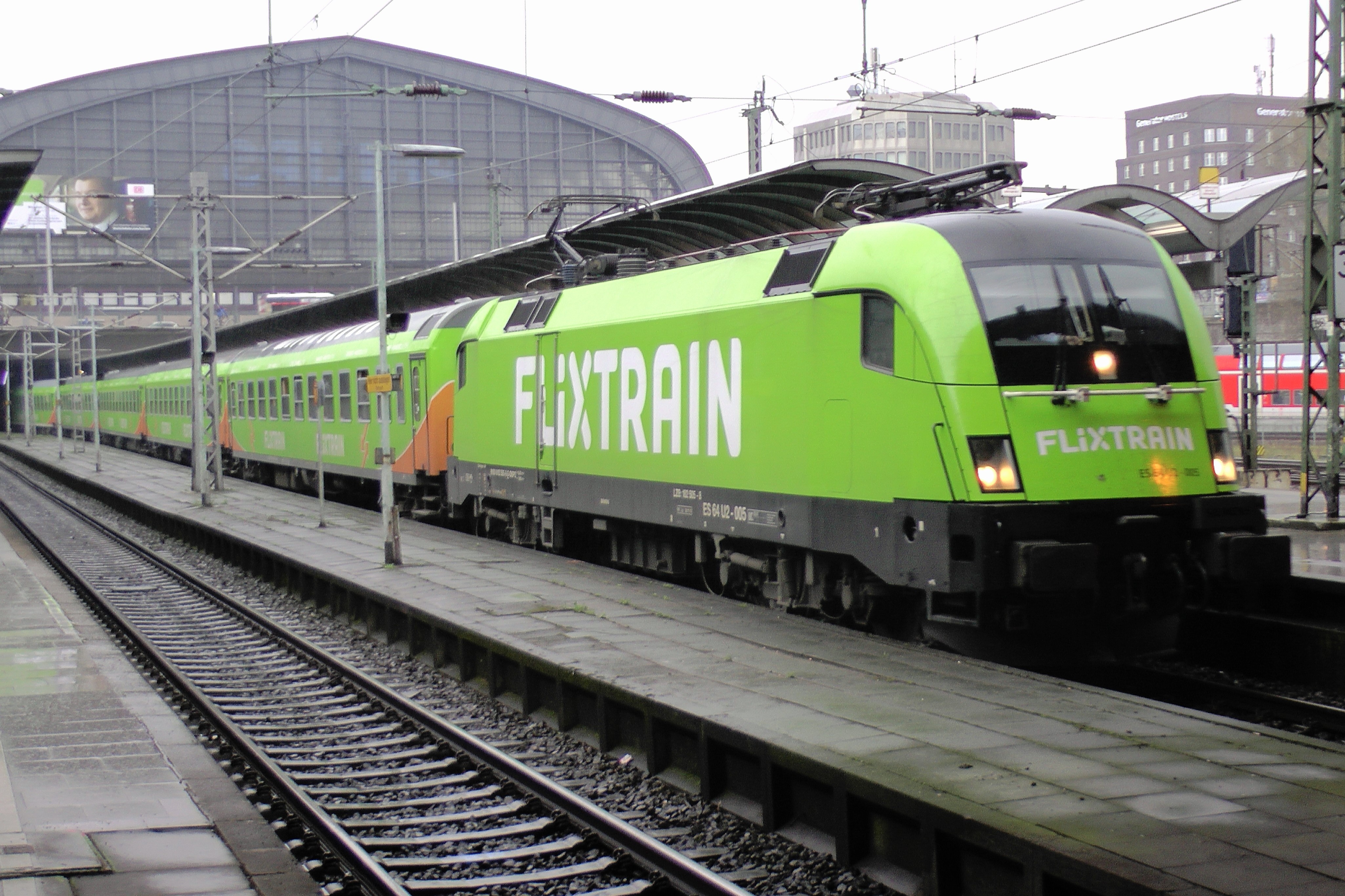
06/03/2022 – By Frédéric de Kemmeter – Railway signalling
Suscribe my blog
Other articles:
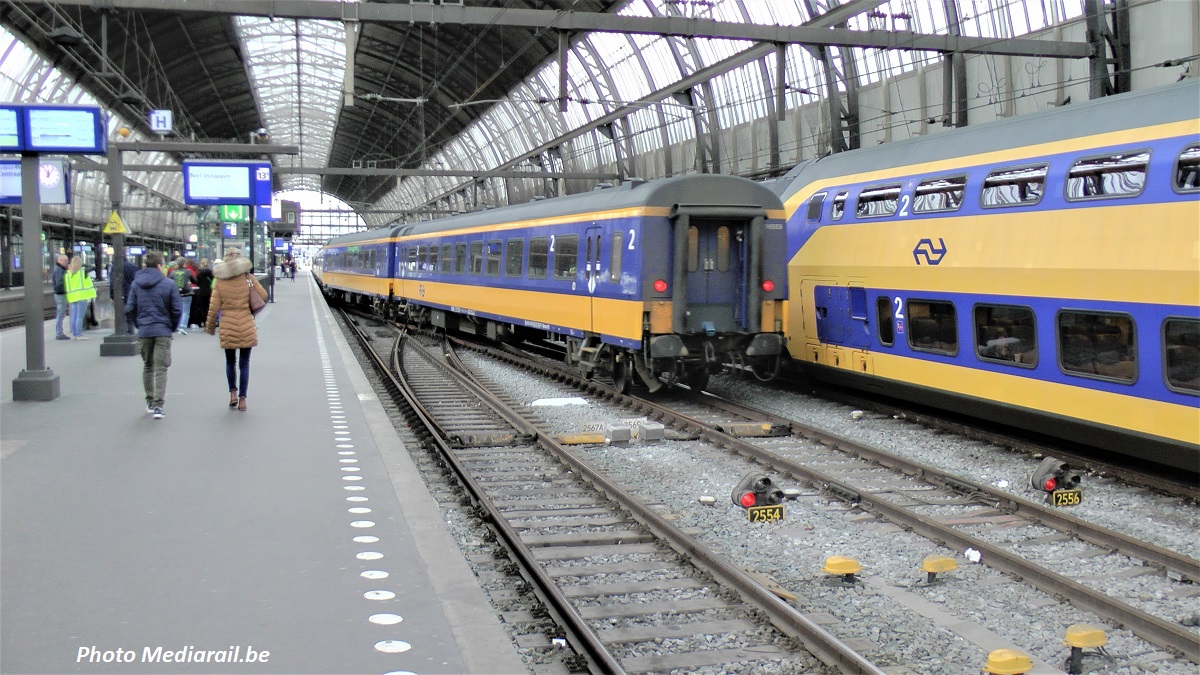 The railway: still a very national matter
The railway: still a very national matter
05/09/2021 – International traffic between EU Member States was set to grow considerably with open borders and the Schengen area. Has this really benefited the #railways? According EU report, only 6 % crossing borders in 2016 by rail
 What have you done with the railways in recent decades?
What have you done with the railways in recent decades?
04/05/2021 – « The market share of rail has not increased despite liberalization, » said the Portuguese minister. Why? This is explained in this article. xxxxxxxxxxxxxxxxxxxxxxxxxxxxxxxxxxxxxxx xxxx
 The Trans-Europ-Express explained for Millennials
The Trans-Europ-Express explained for Millennials
04/18/2021 – This has been the big buzz in recent months since the German transport minister presented his TEE 2.0 concept in 2020, which includes night trains and a host of other things. But what was really the TEE? xxxxxxxxxxxxxxxxxxxxxxxxxxxxxxxxxxxxxxx xxxx
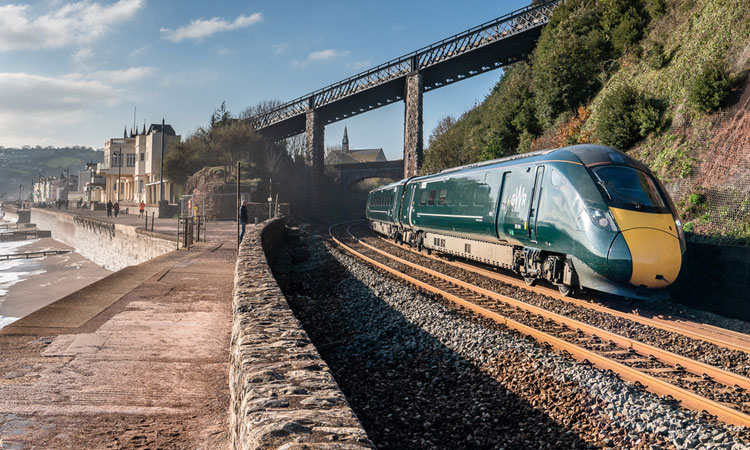 A call for a strong and unified railway
A call for a strong and unified railway
03/22/2021 – Rail is an important transport tool in all European countries. But it remains a very « national » thing compared to aviation or the car. There are two areas where it is imperative to make a qualitative leap
 The productive use of rail travel: what ask customers?
The productive use of rail travel: what ask customers?
03/08/2021 – How can we make the rail journey more timely? There is still a lot of work to be done, but rail has some arguments to achieve this. xxxxxxxxxxxxxxxxxxxxxxxxxxxxxxxxxxxxxxx xxxx
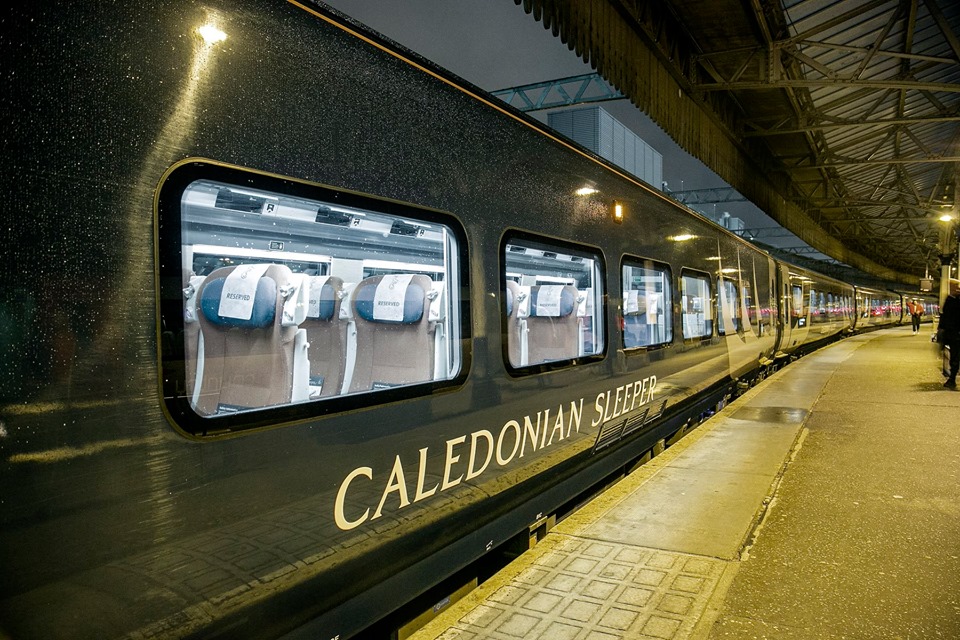 How the night train could be an asset for the railways
How the night train could be an asset for the railways
01/18/2021 – Sometimes a crisis can become an opportunity. This is what happened with the famous ocean liners, the passengers ships from the 1900s to the 1960s. The analogy with the night train is tempting. The night train can become a transport of the future if it is operated with a renewed business model.
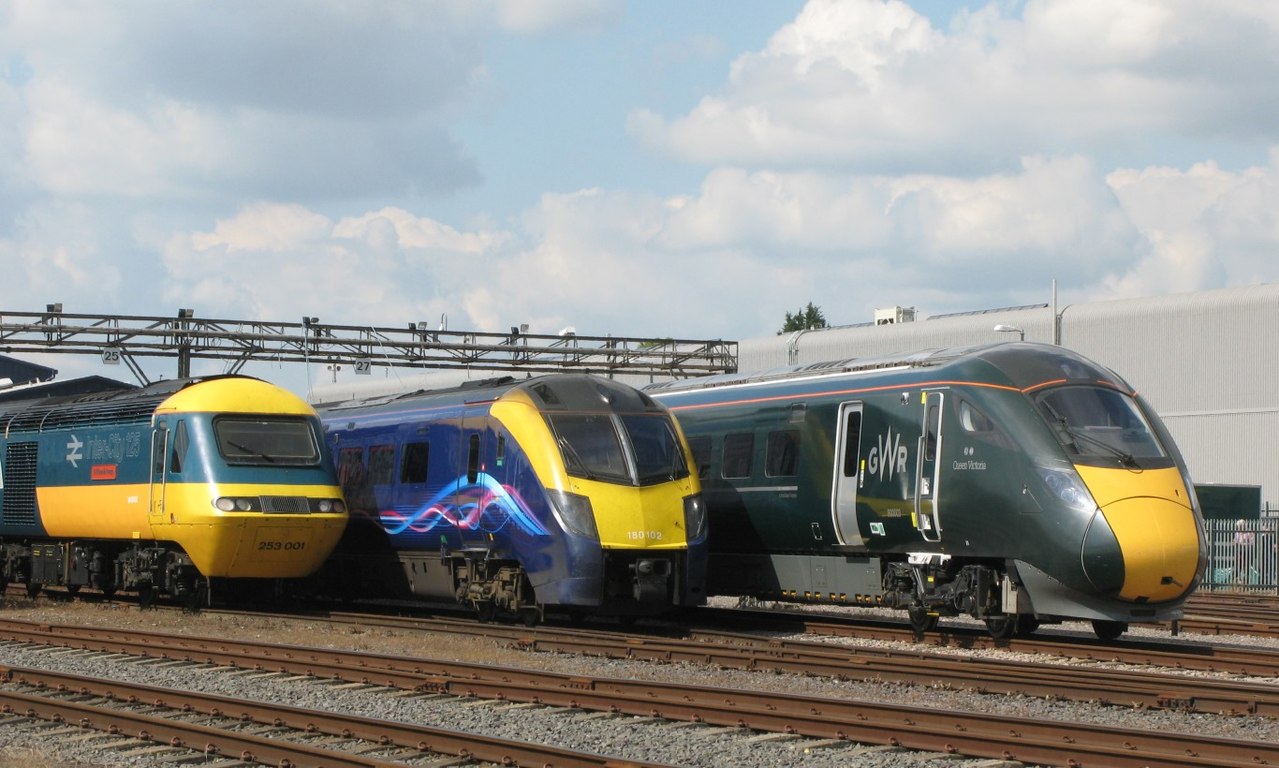 What has the liberalization of the european railways brought?
What has the liberalization of the european railways brought?
01/11/2021 – The liberalisation of the railways is still something that is poorly explained, leading to various slogans and beliefs. Here we try to look around the issue
 2021 The European Year Of Rail
2021 The European Year Of Rail
01/04/2021 – Europe has decided it: 2021 has been proclaimed the European Year of Rail. This is an opportunity for this little-known sector to make itself known and to show how it can participate in the climate transition
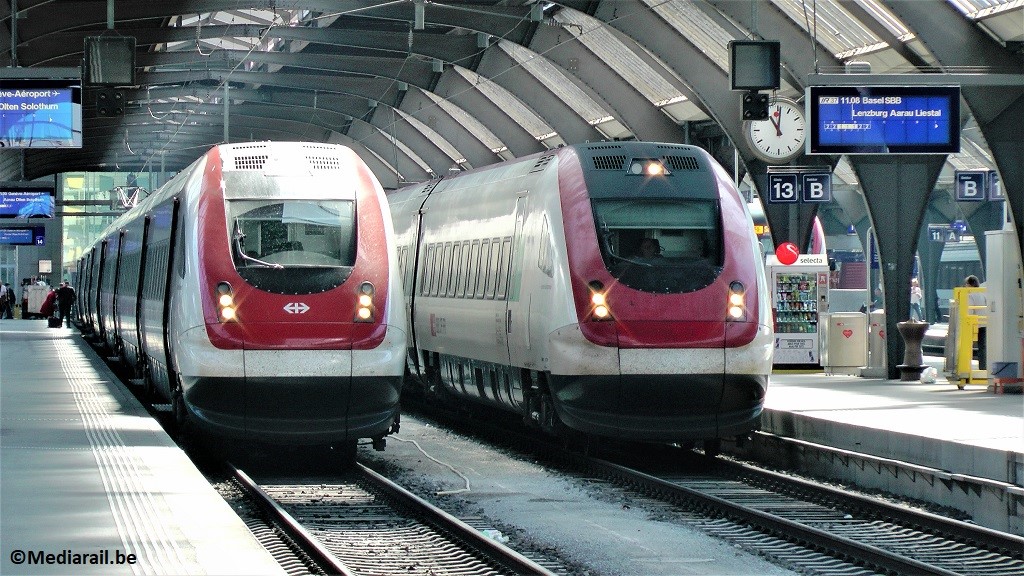 The railways after covid: between challenges and opportunities
The railways after covid: between challenges and opportunities
12/28/2020 – The year 2020 is coming to an end with an unexpected upheaval. The society is changing and the train will have to change too, to adapt to this new world.


Vous devez être connecté pour poster un commentaire.